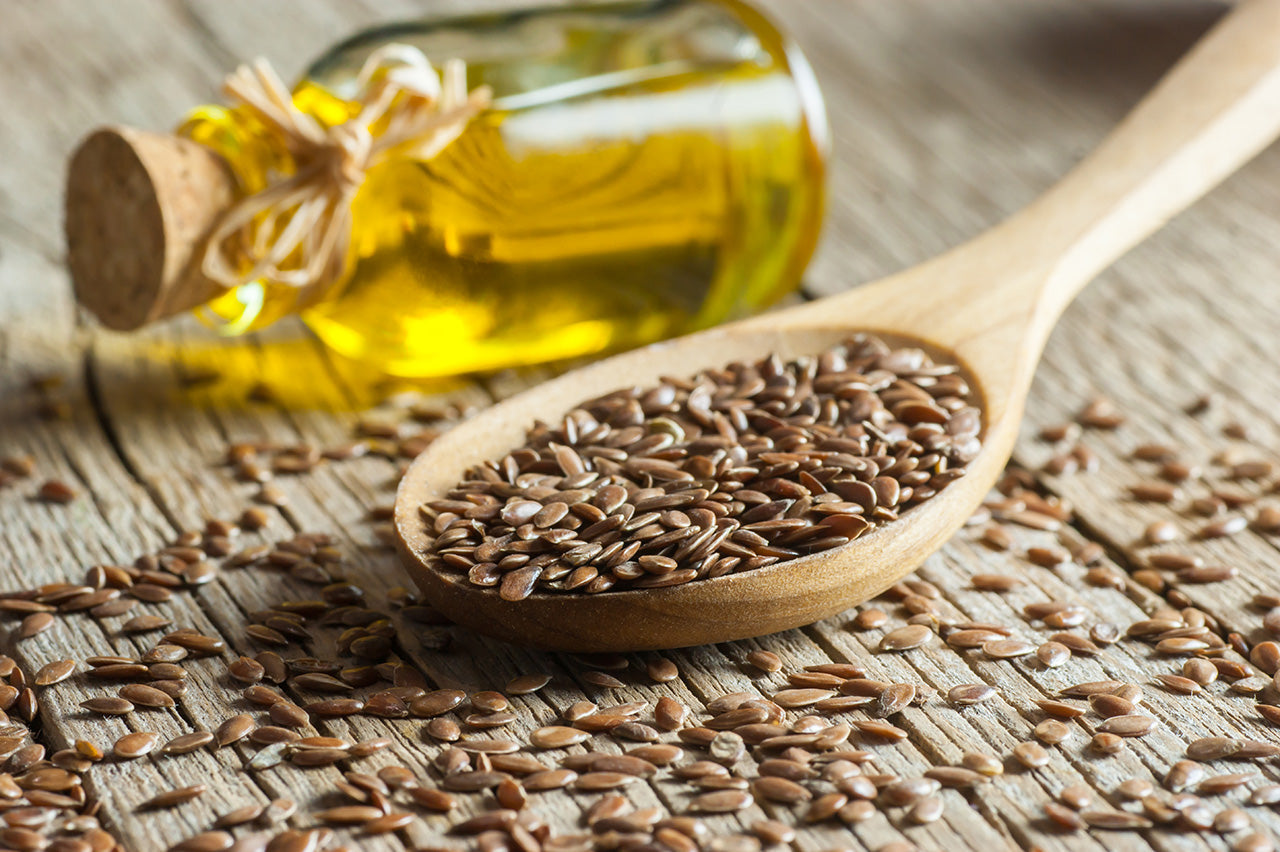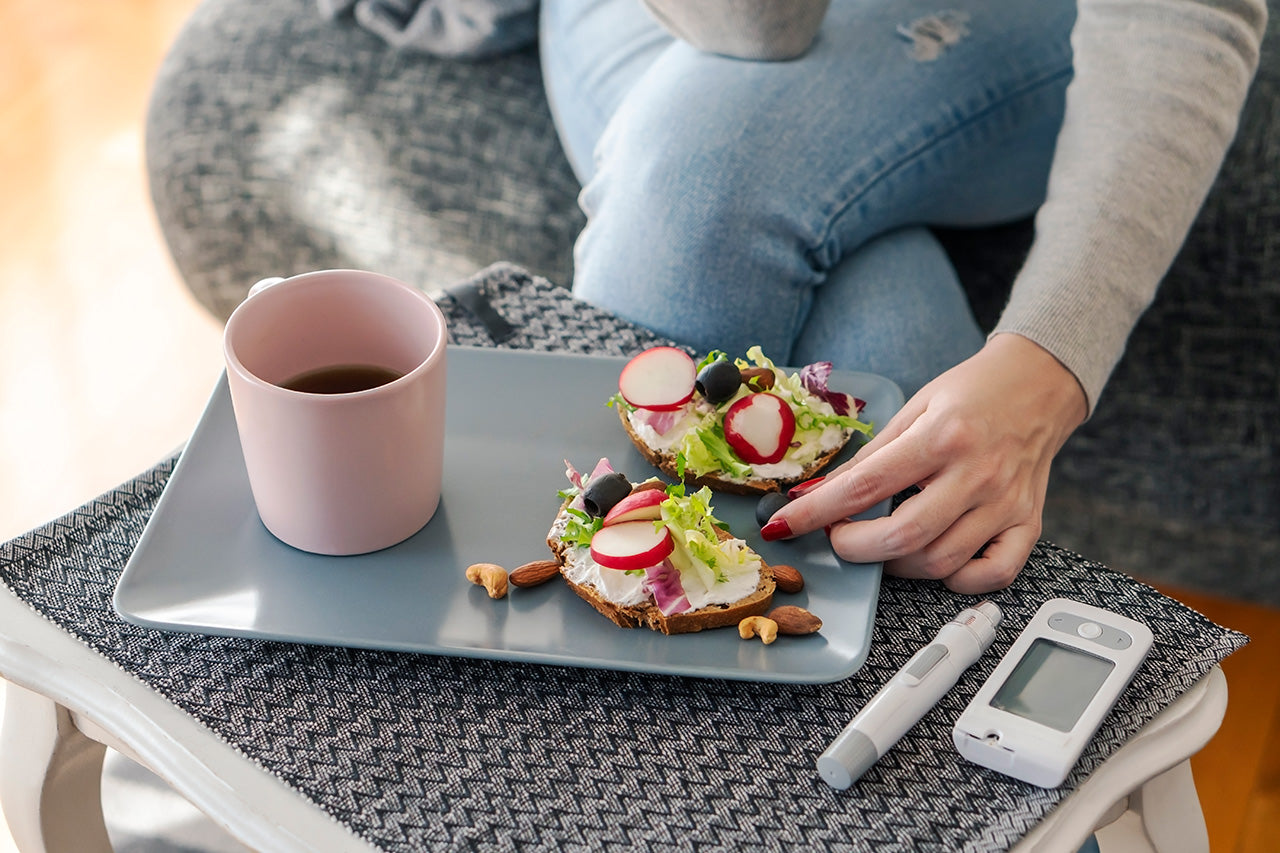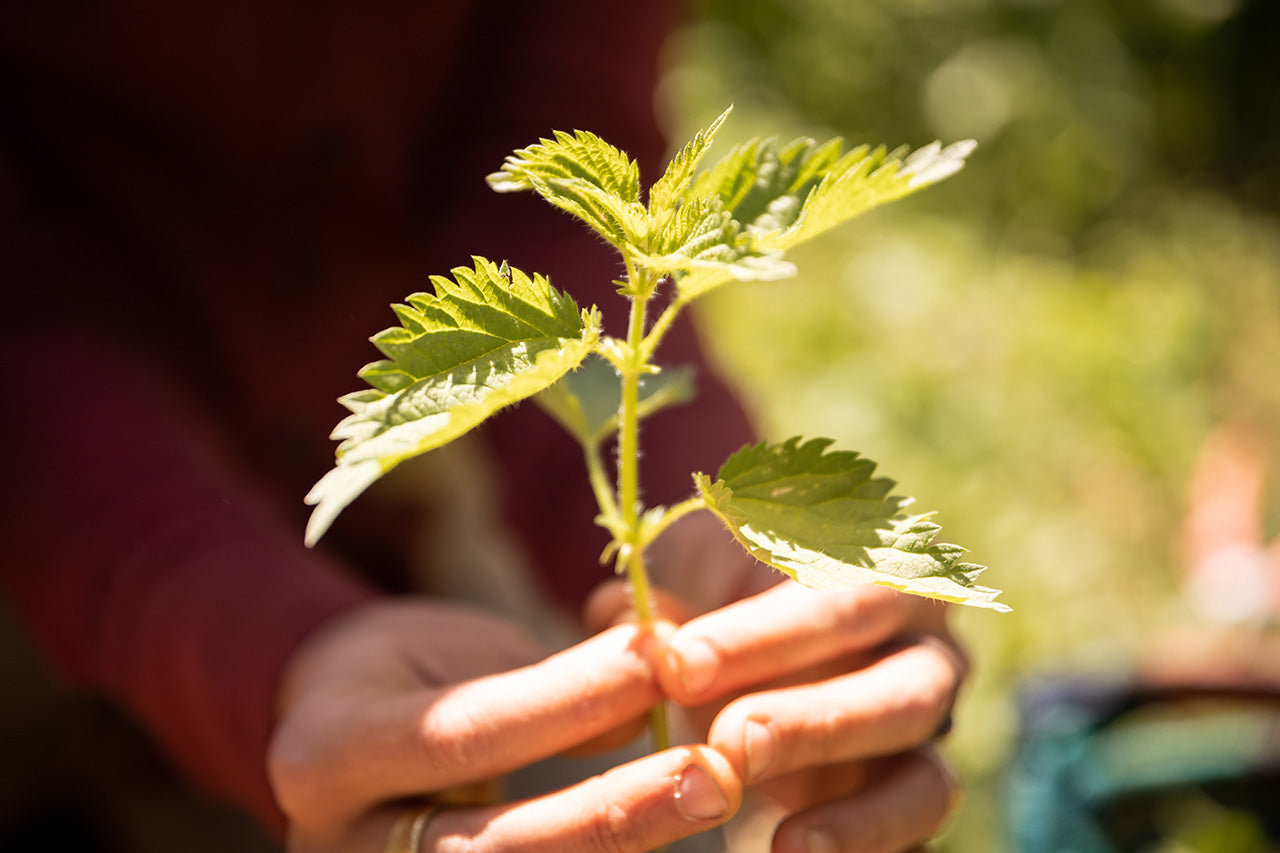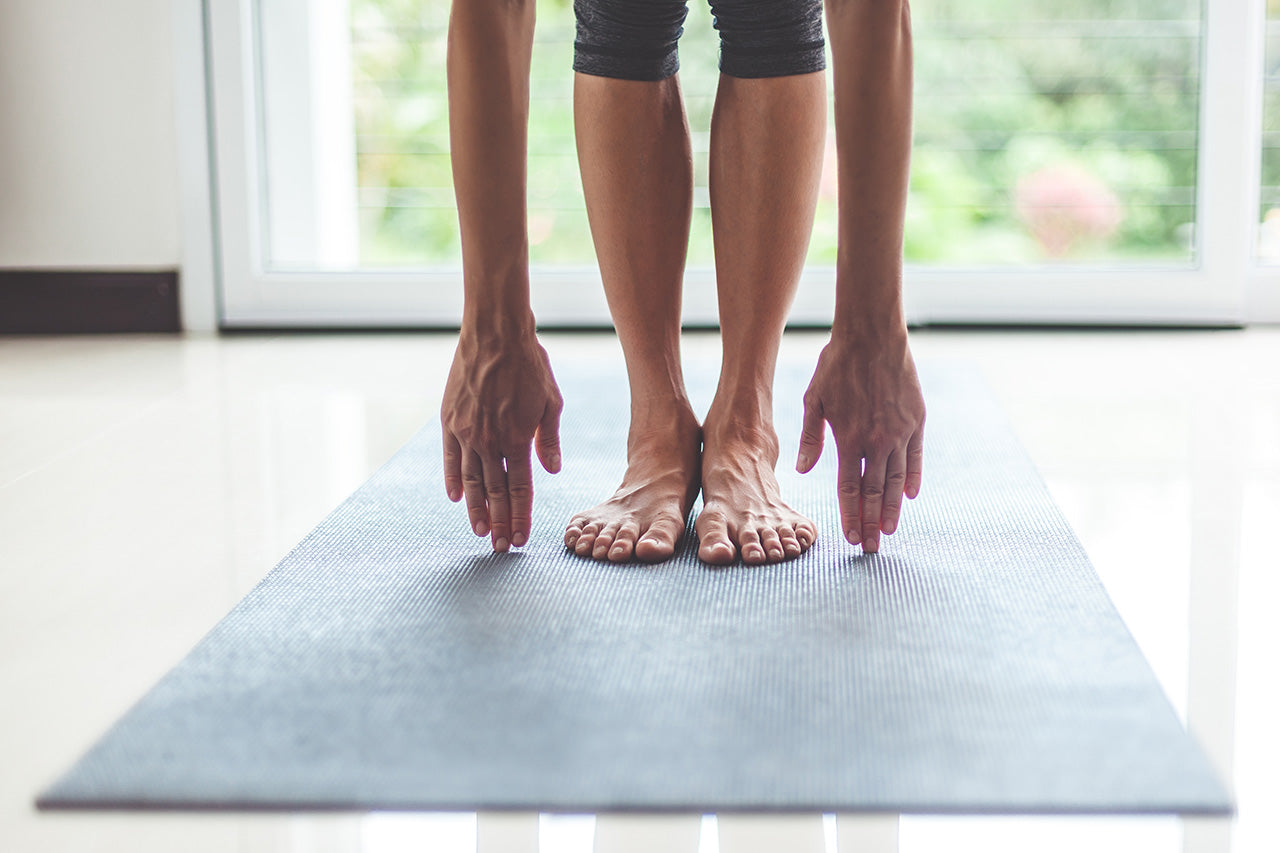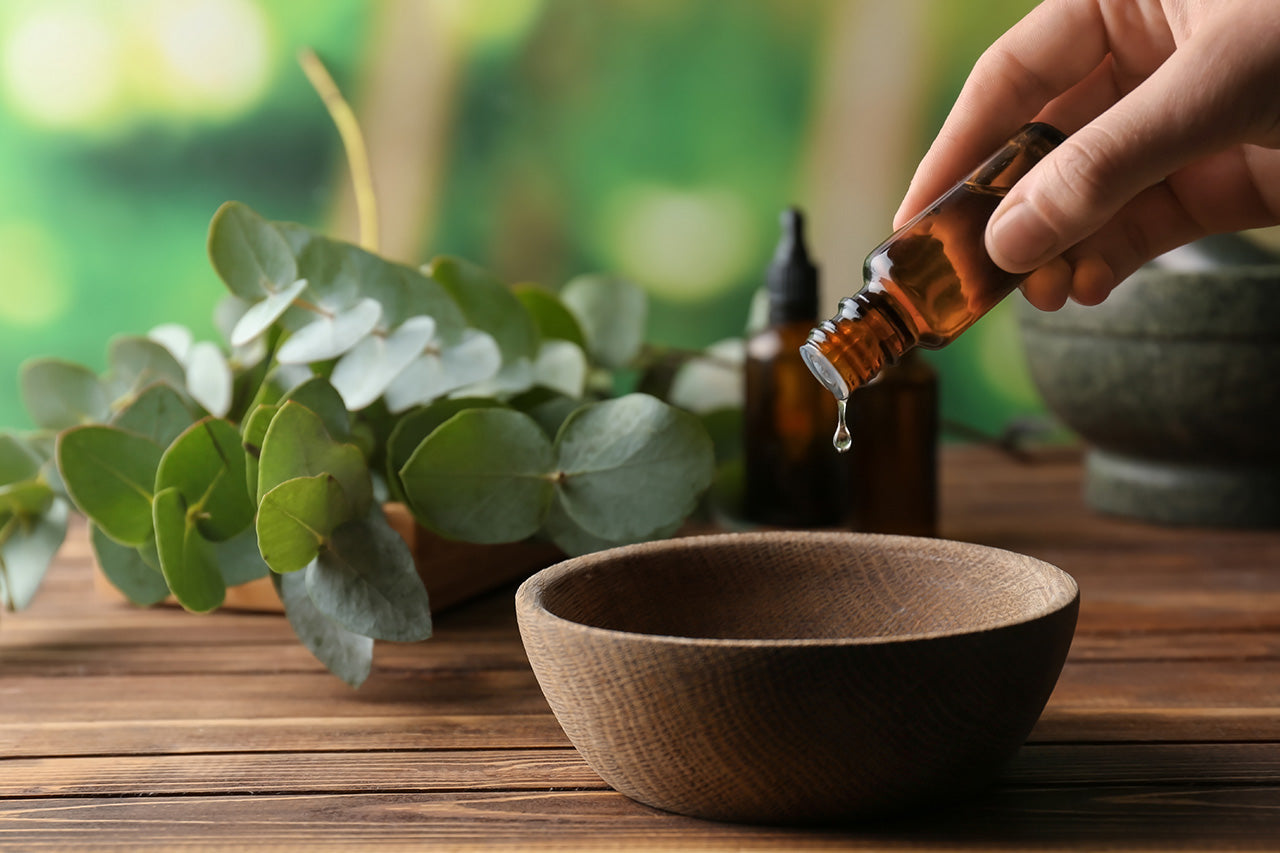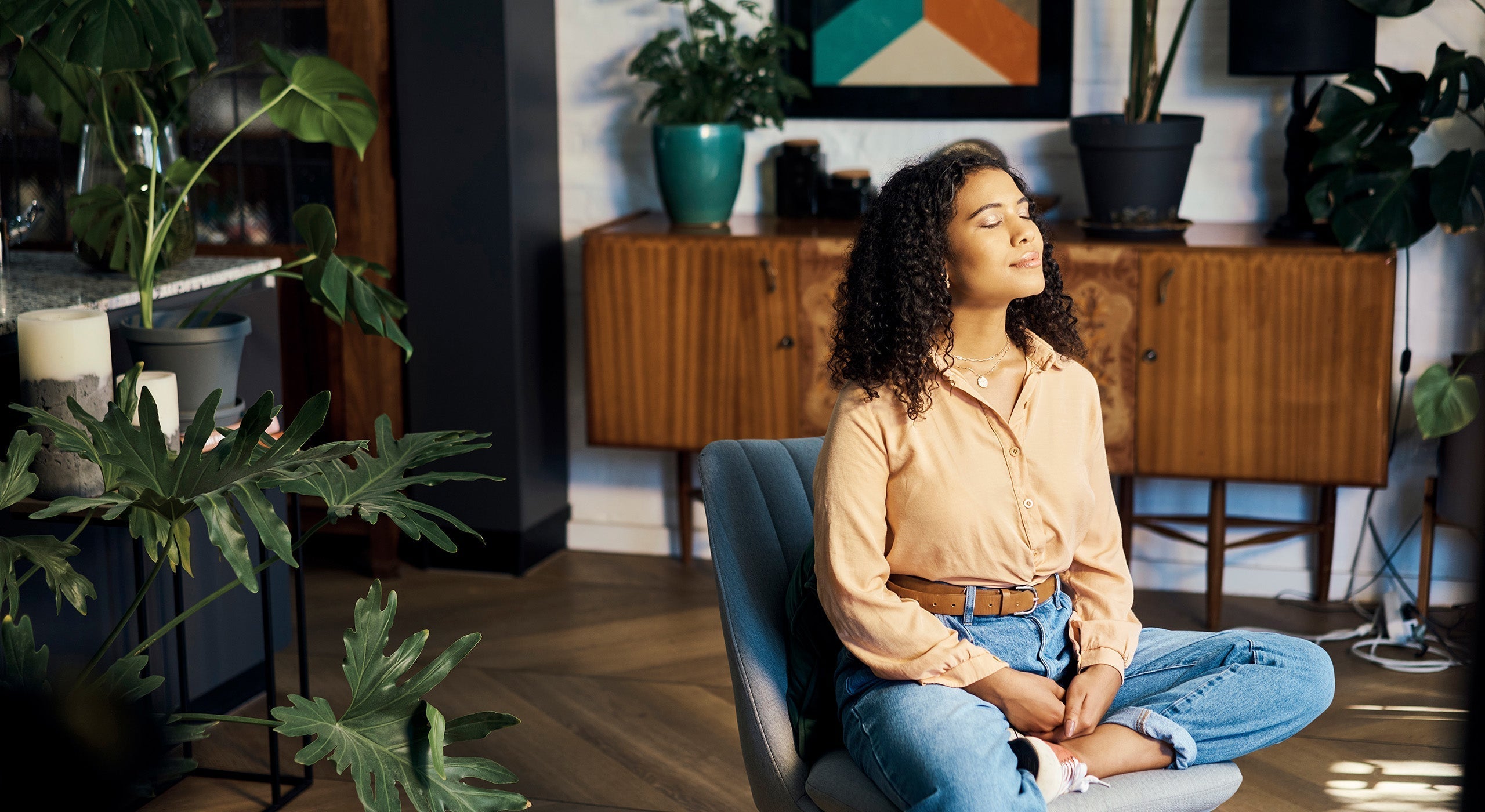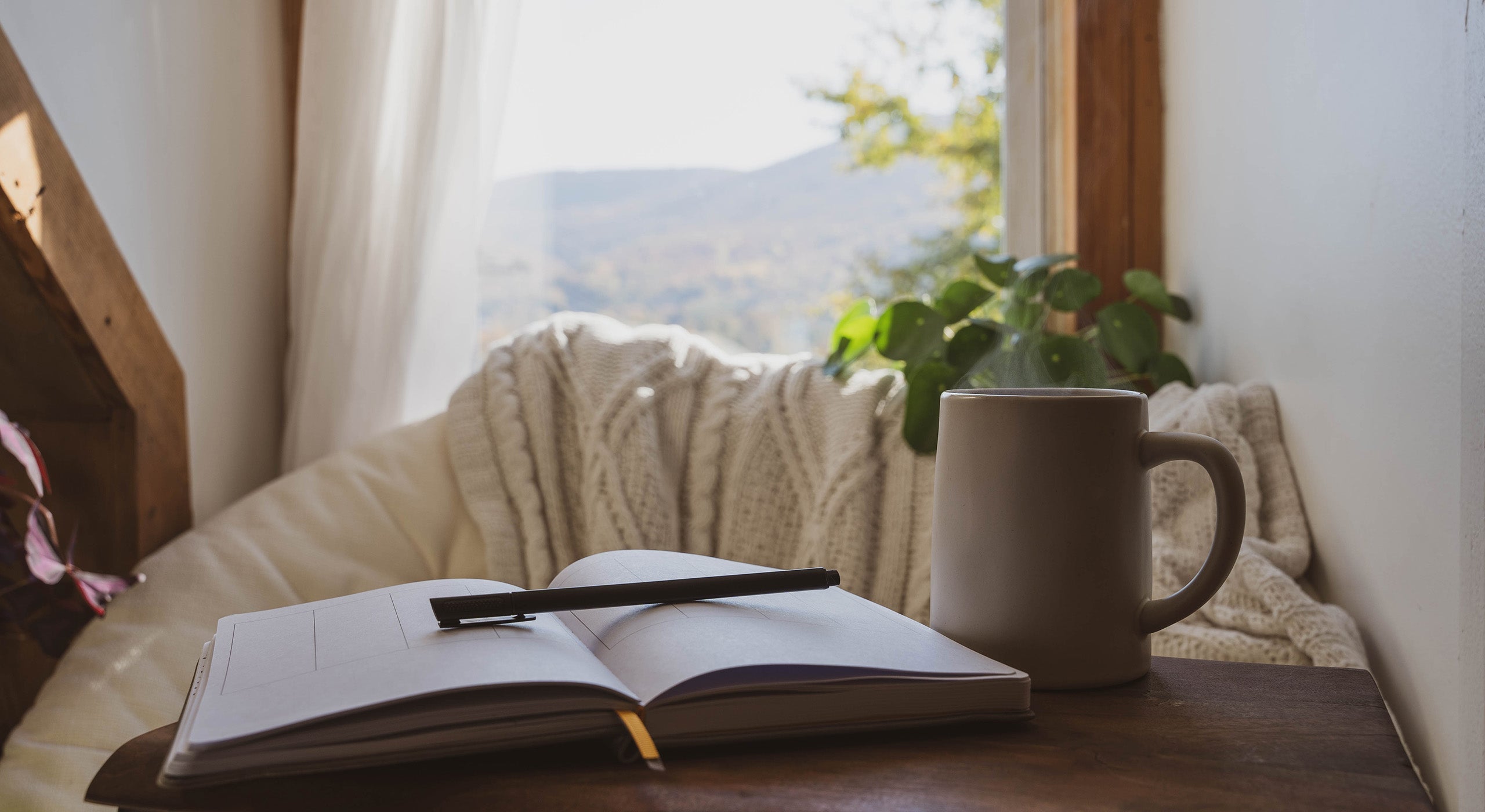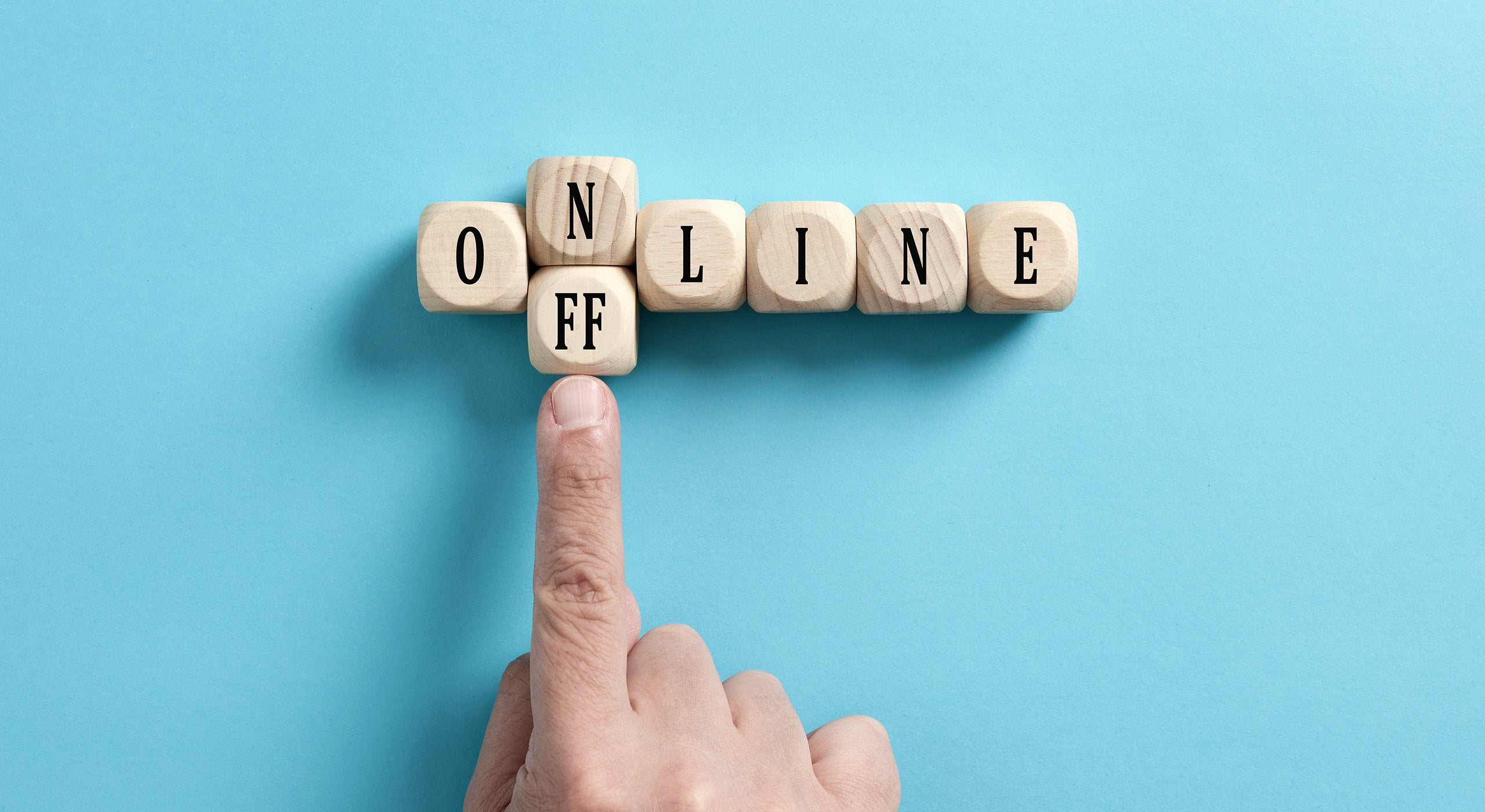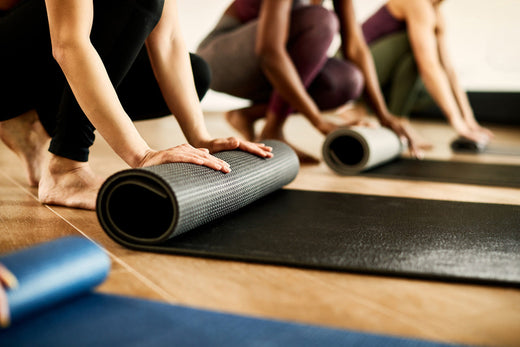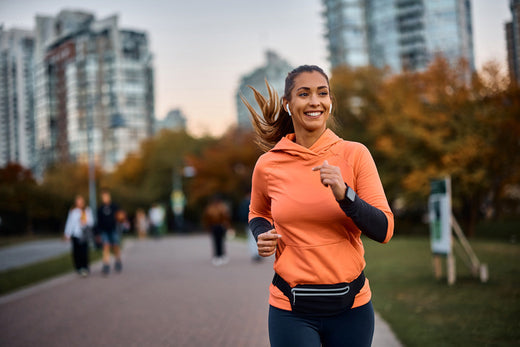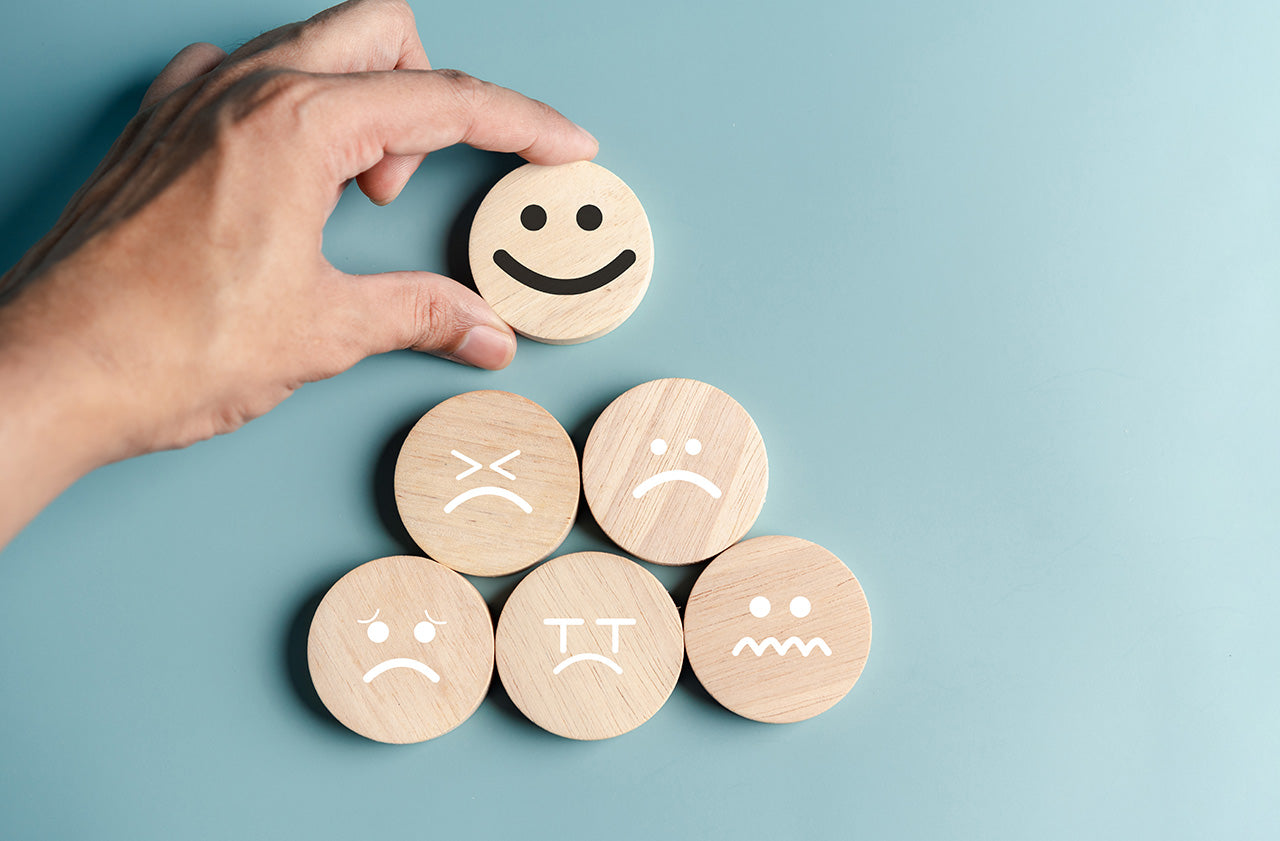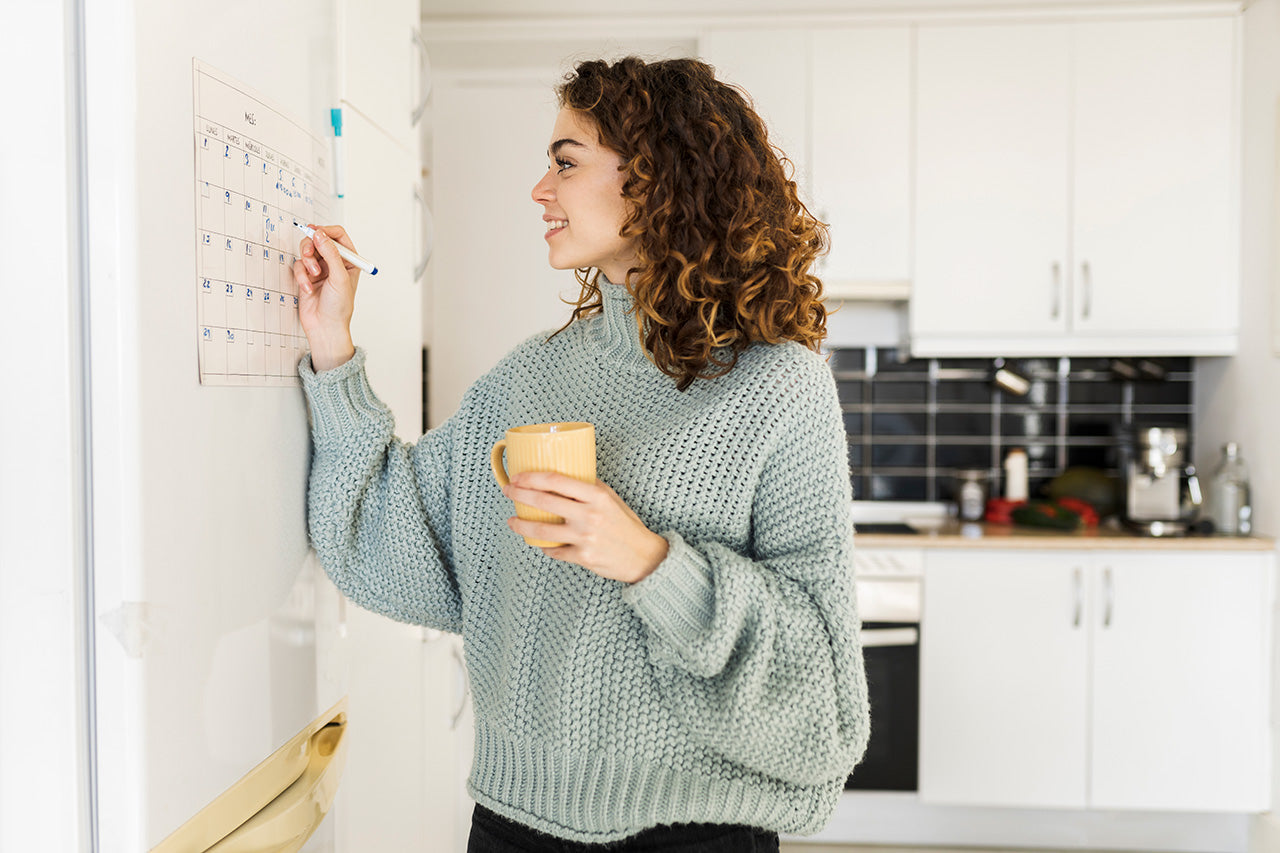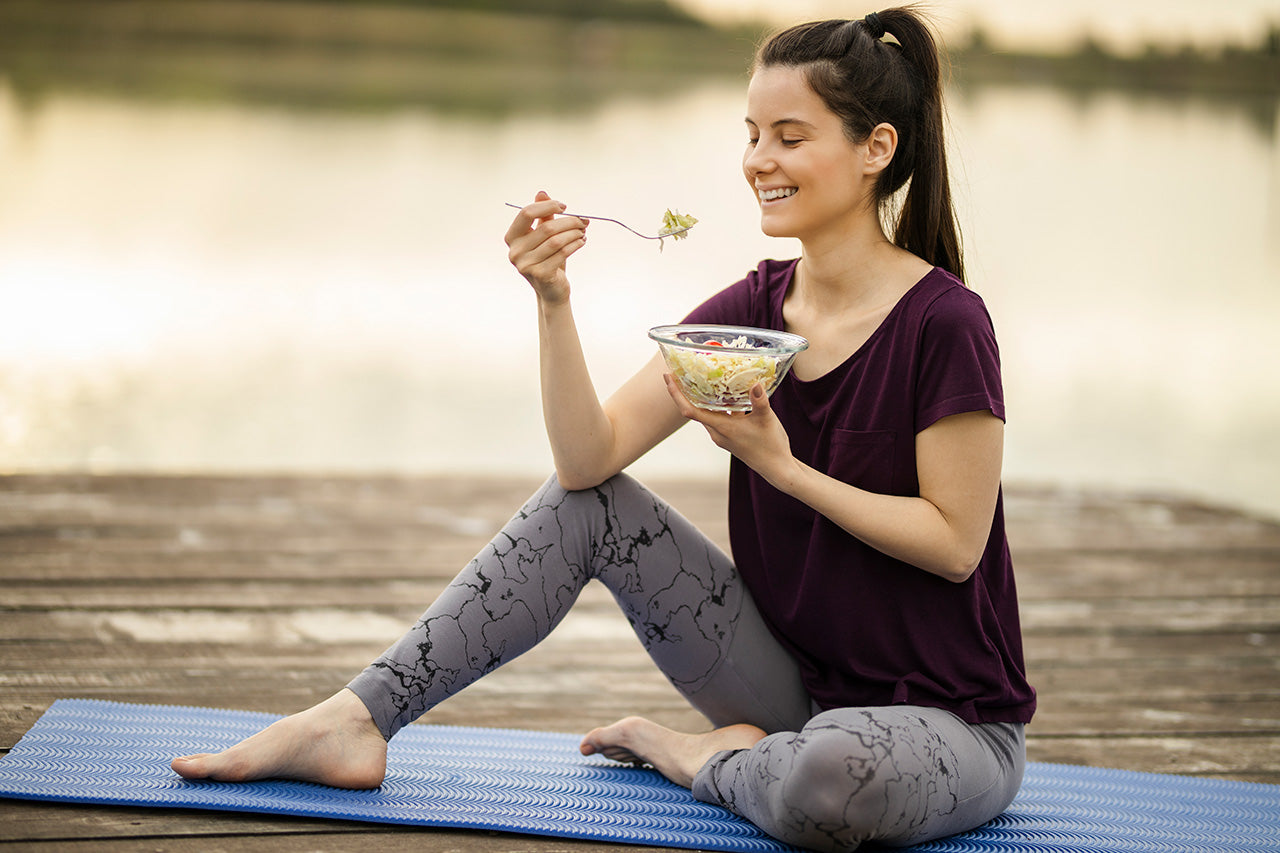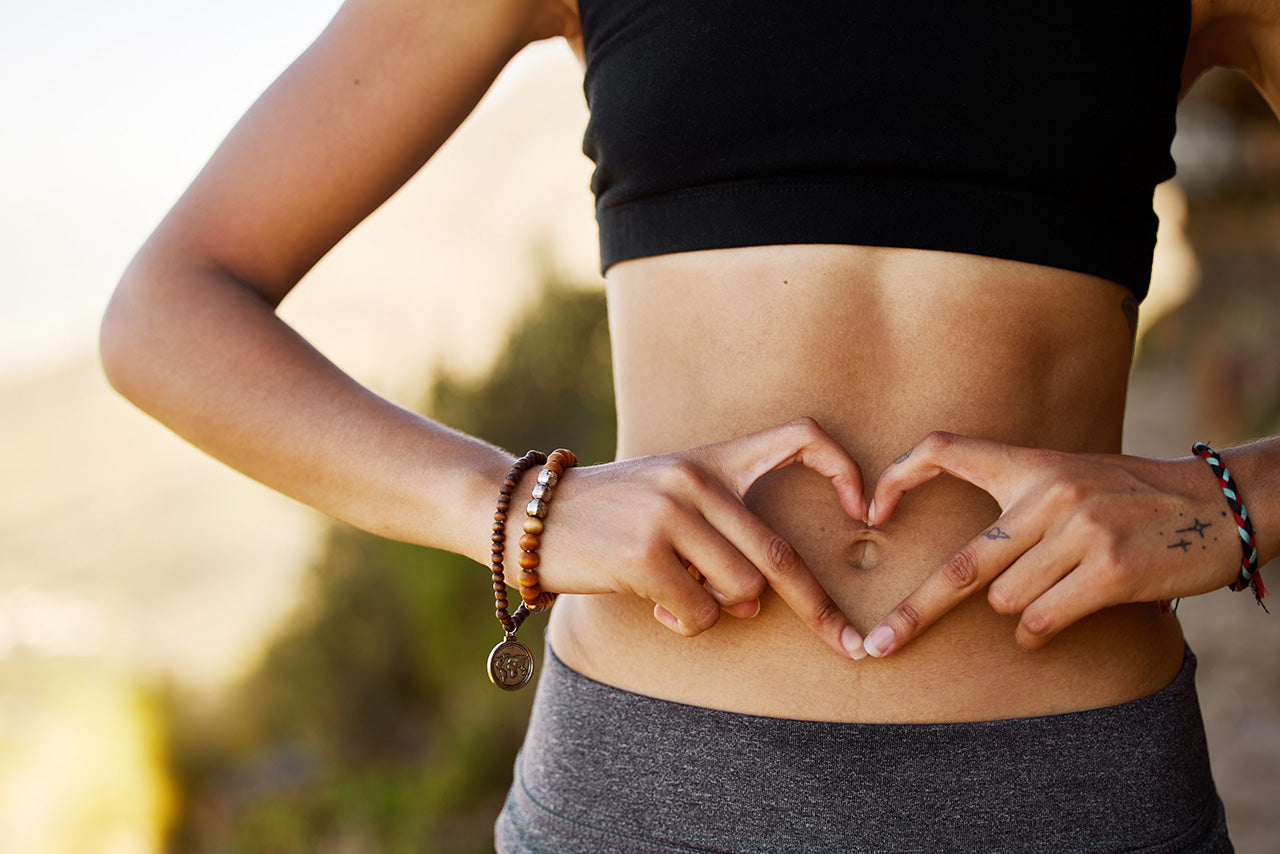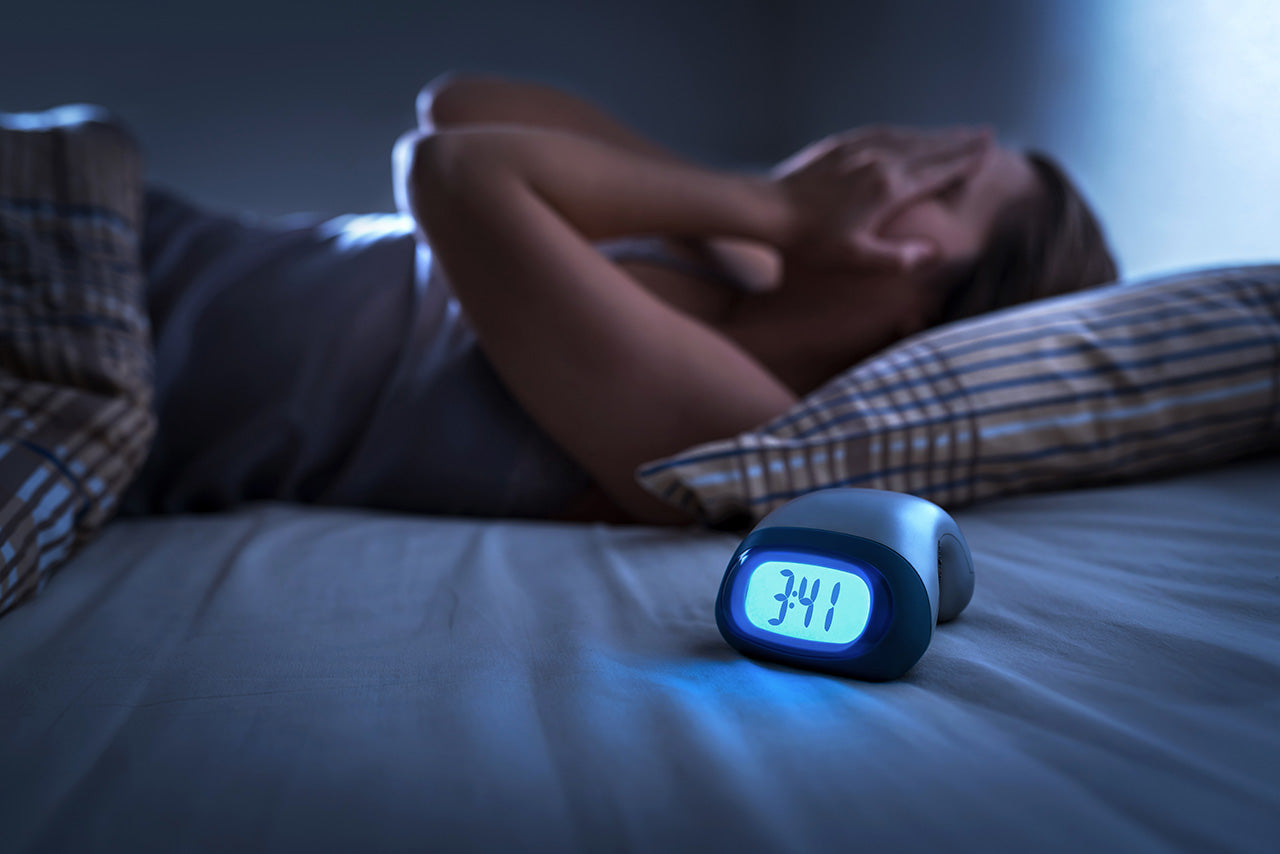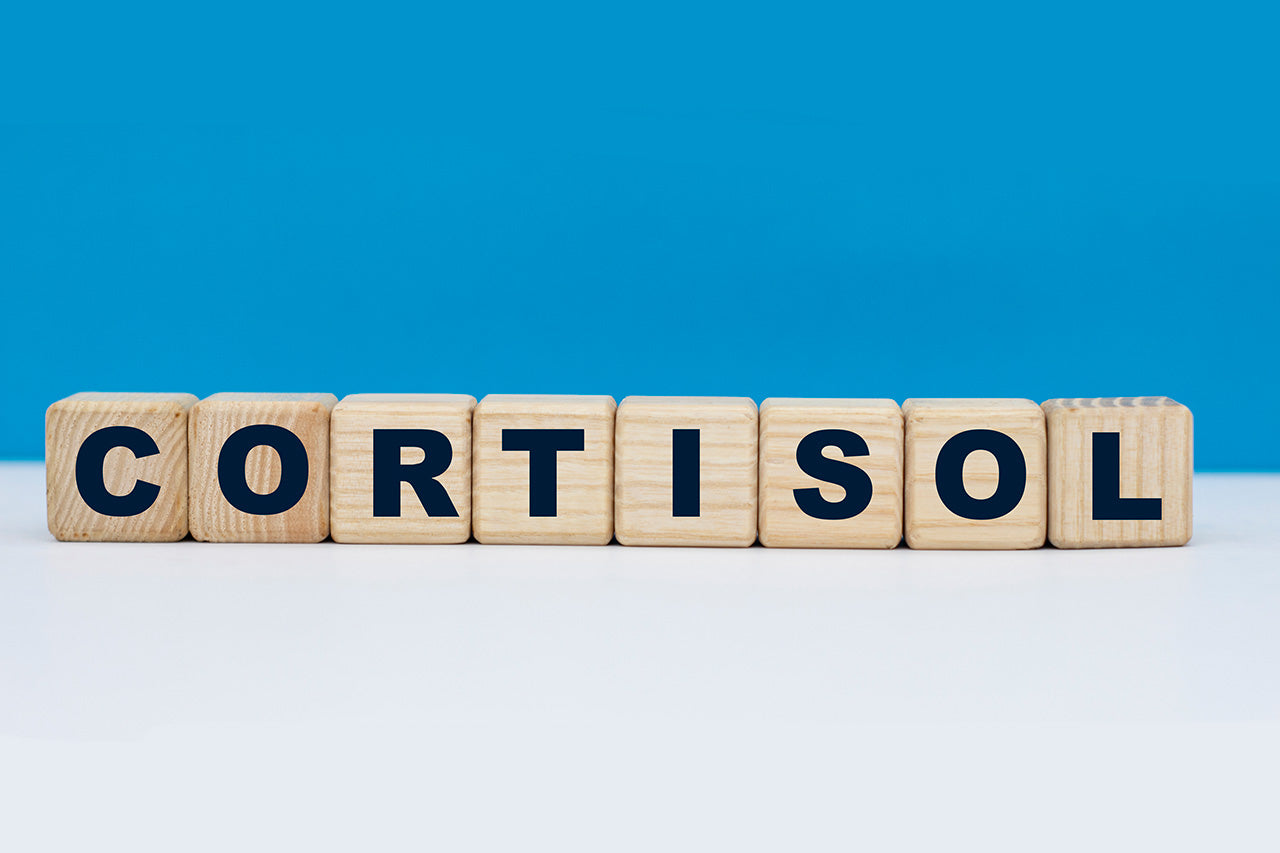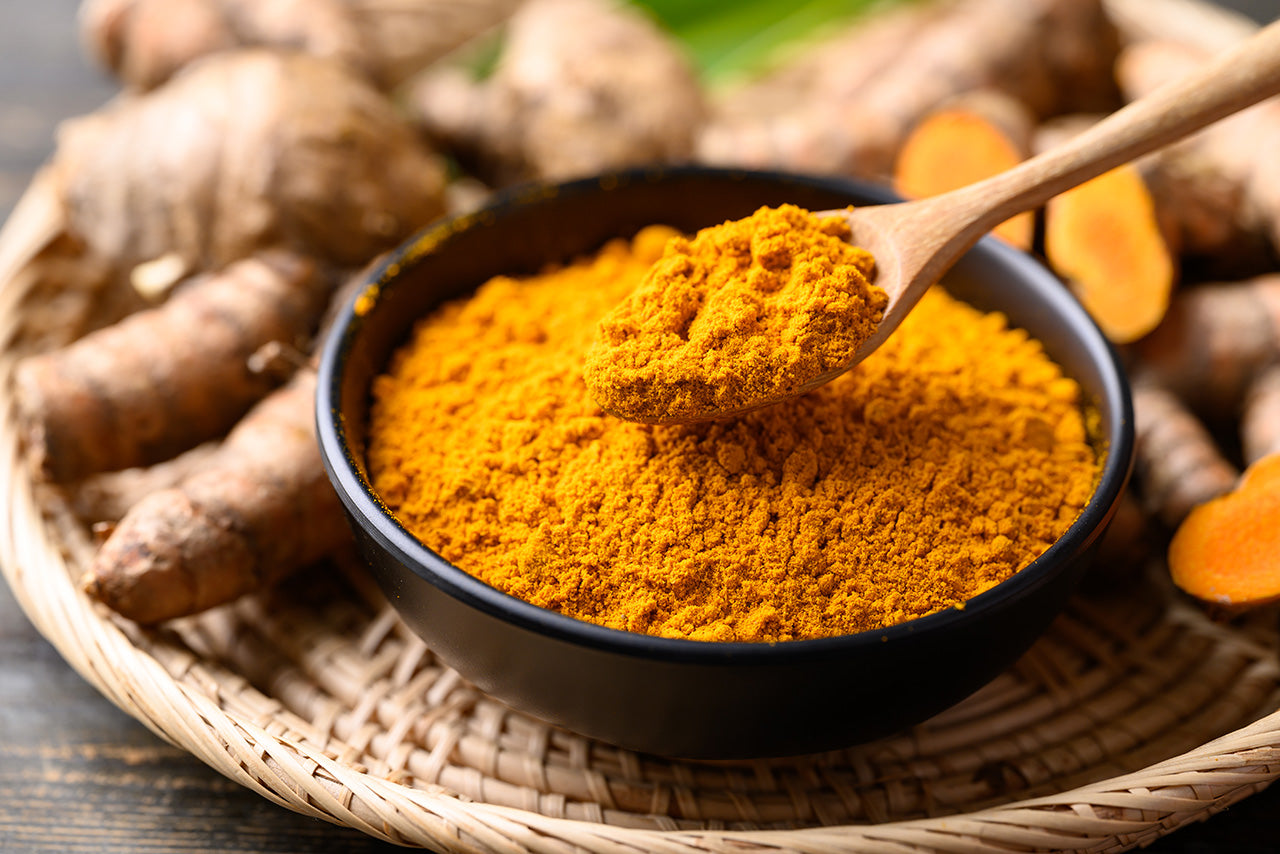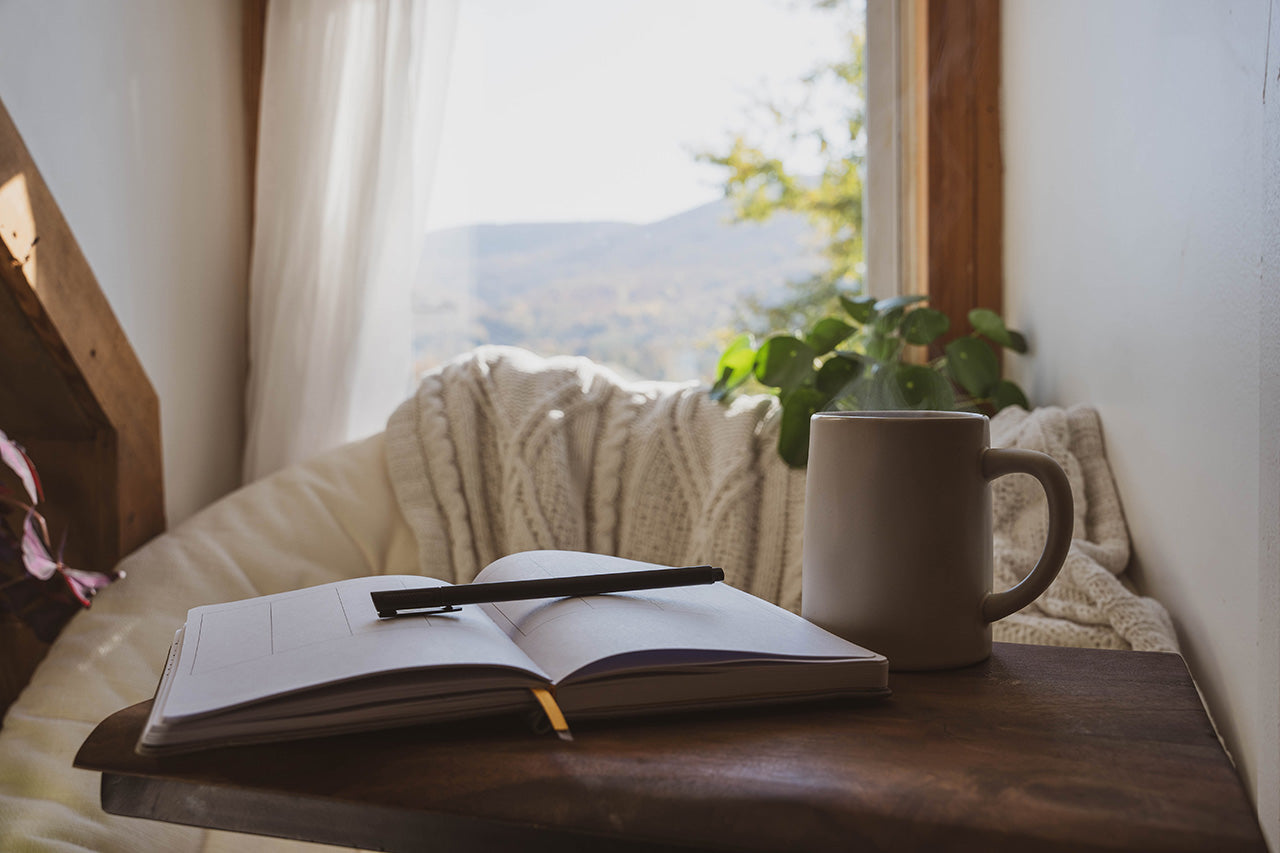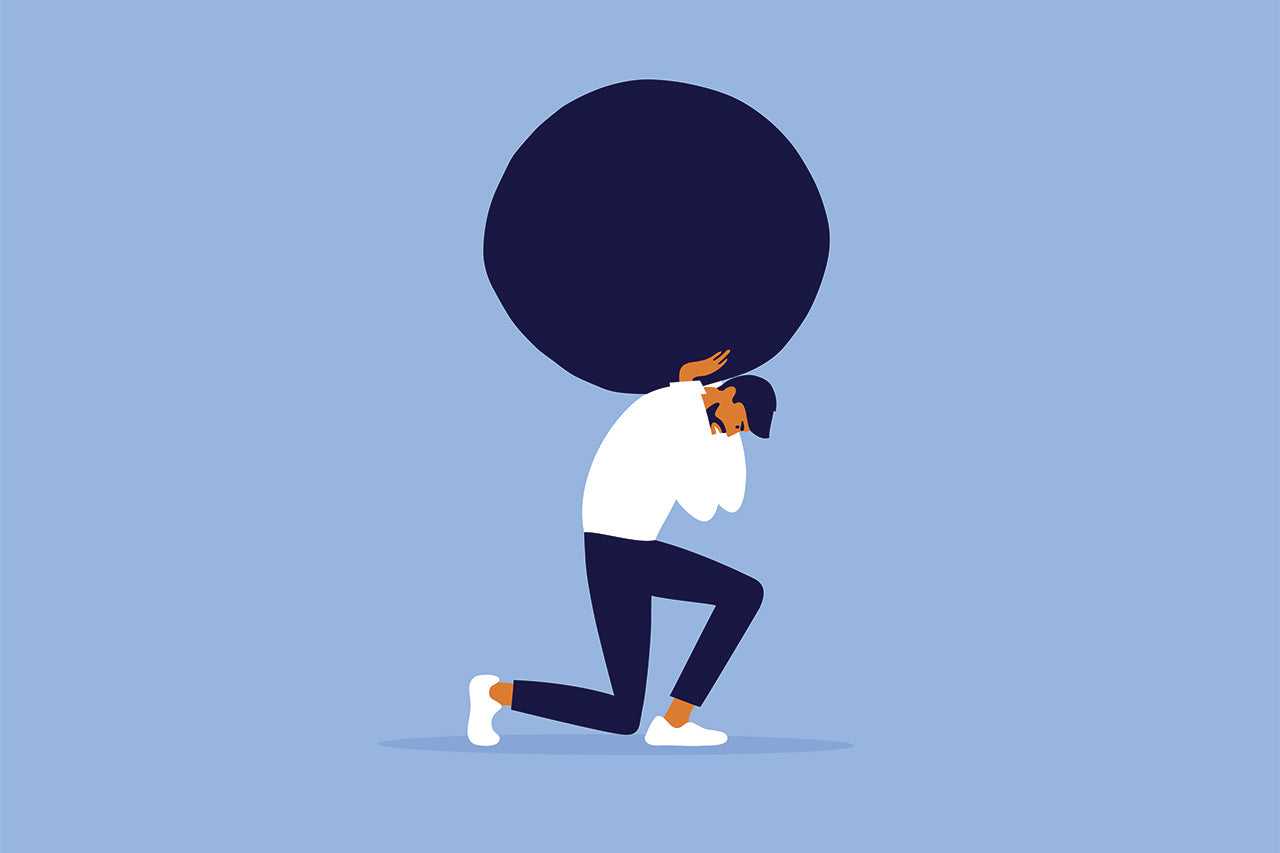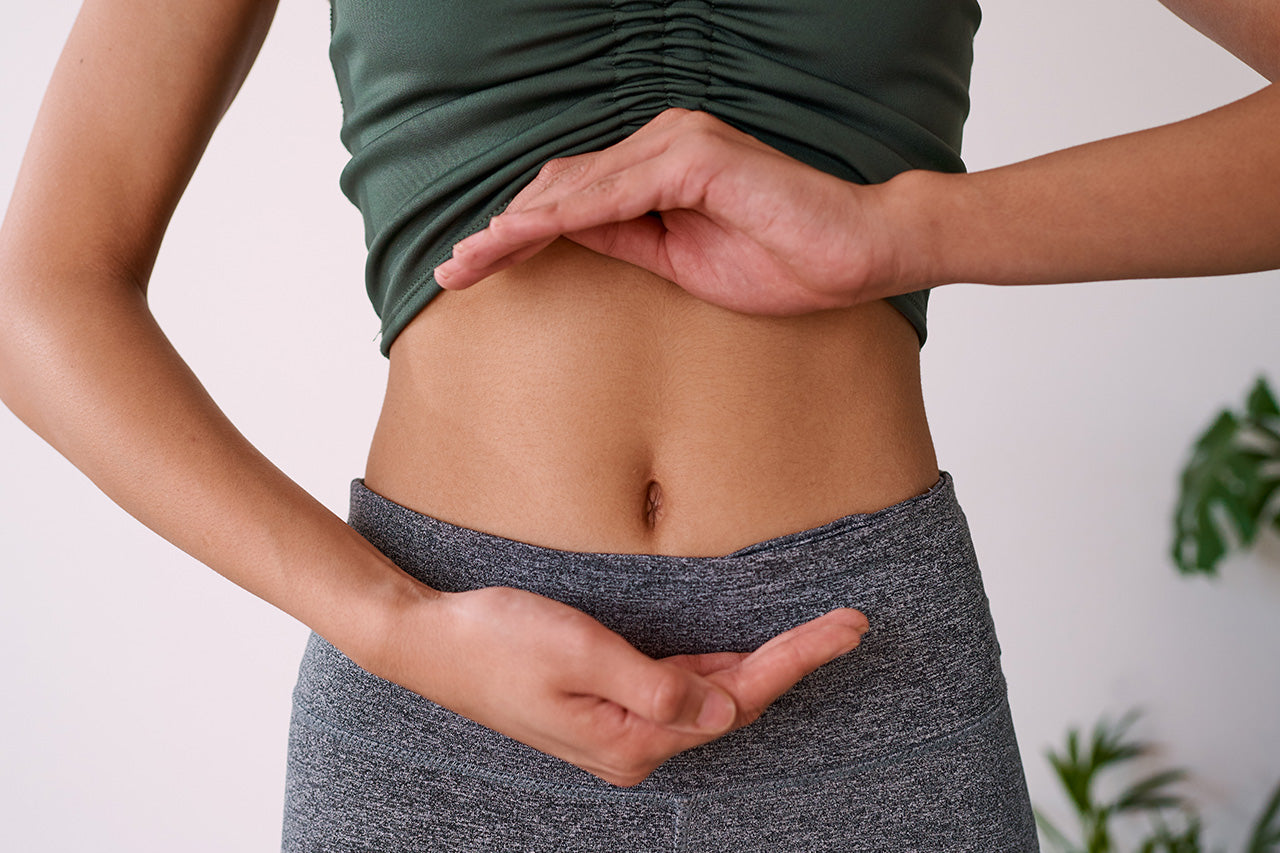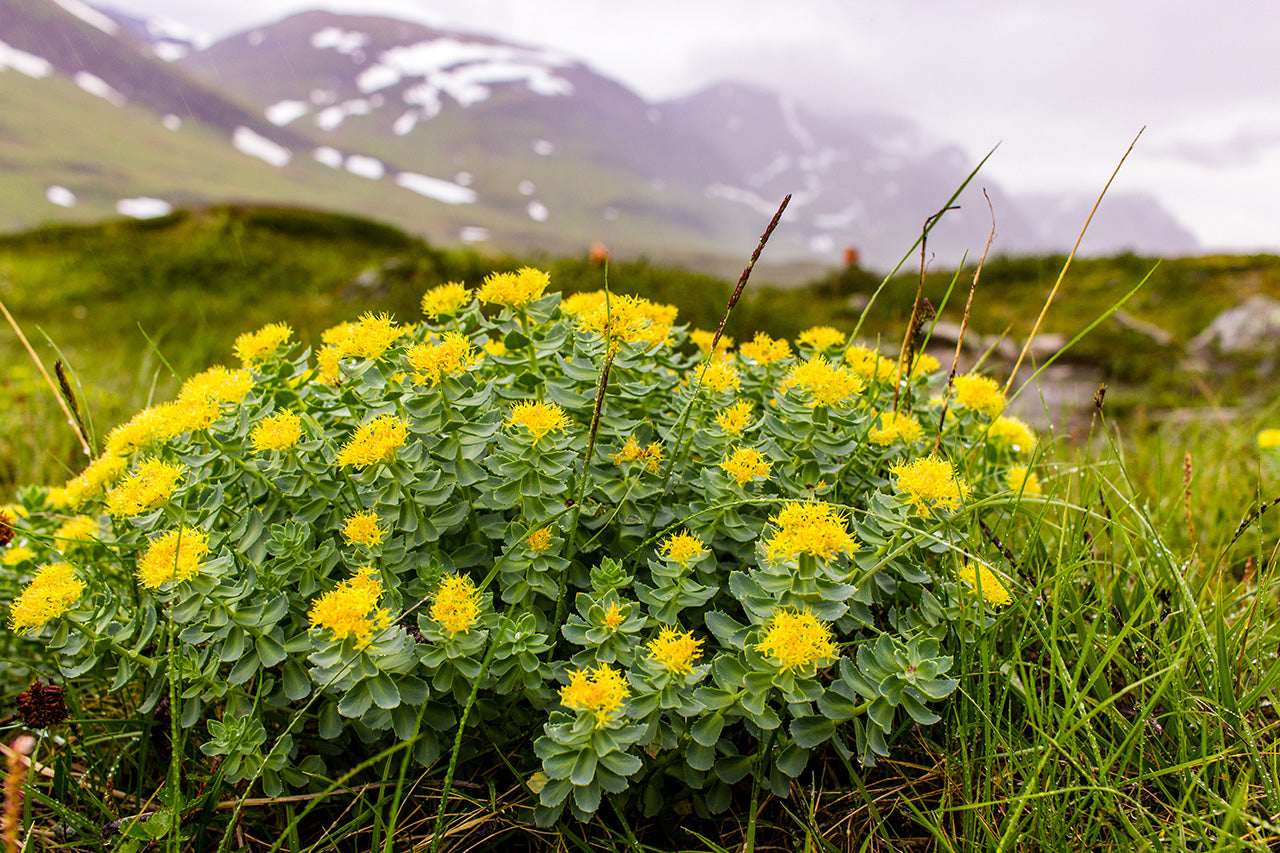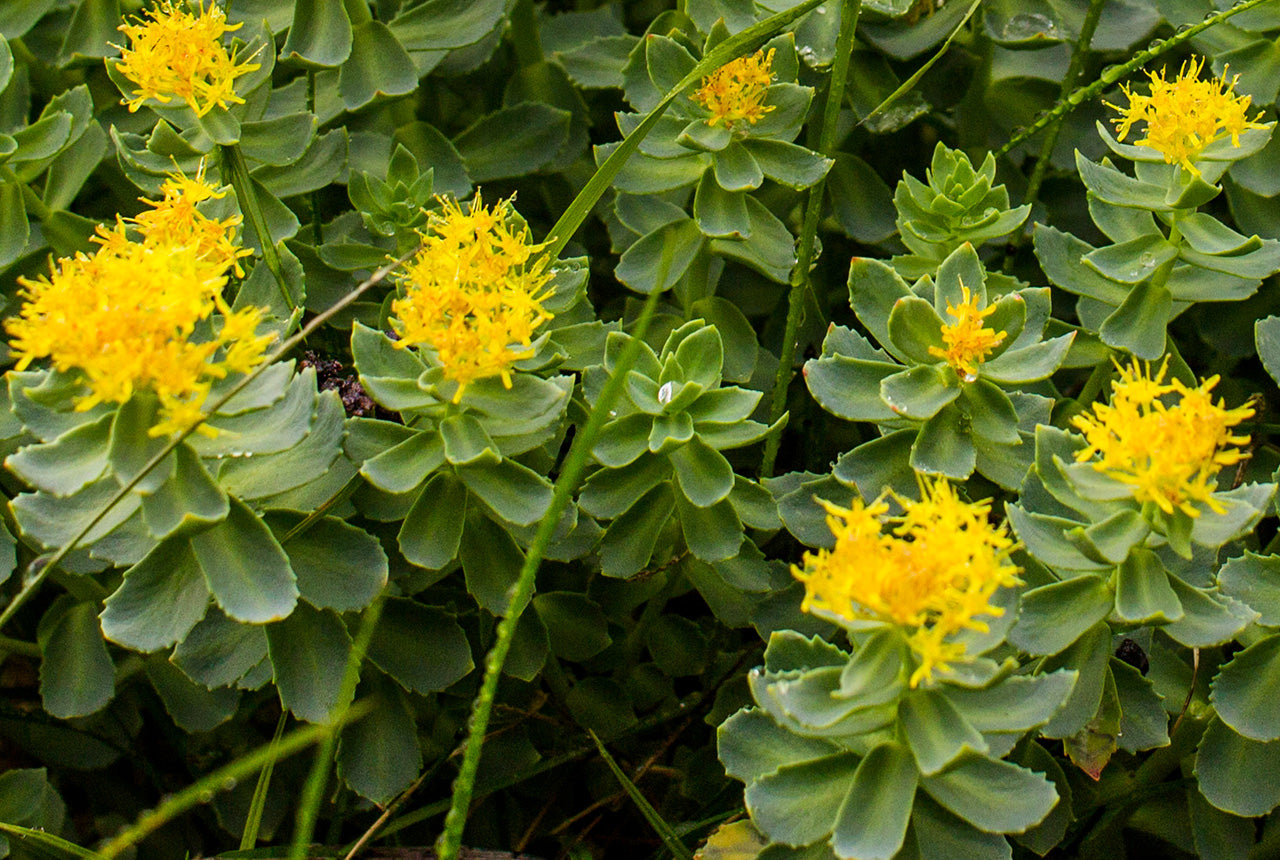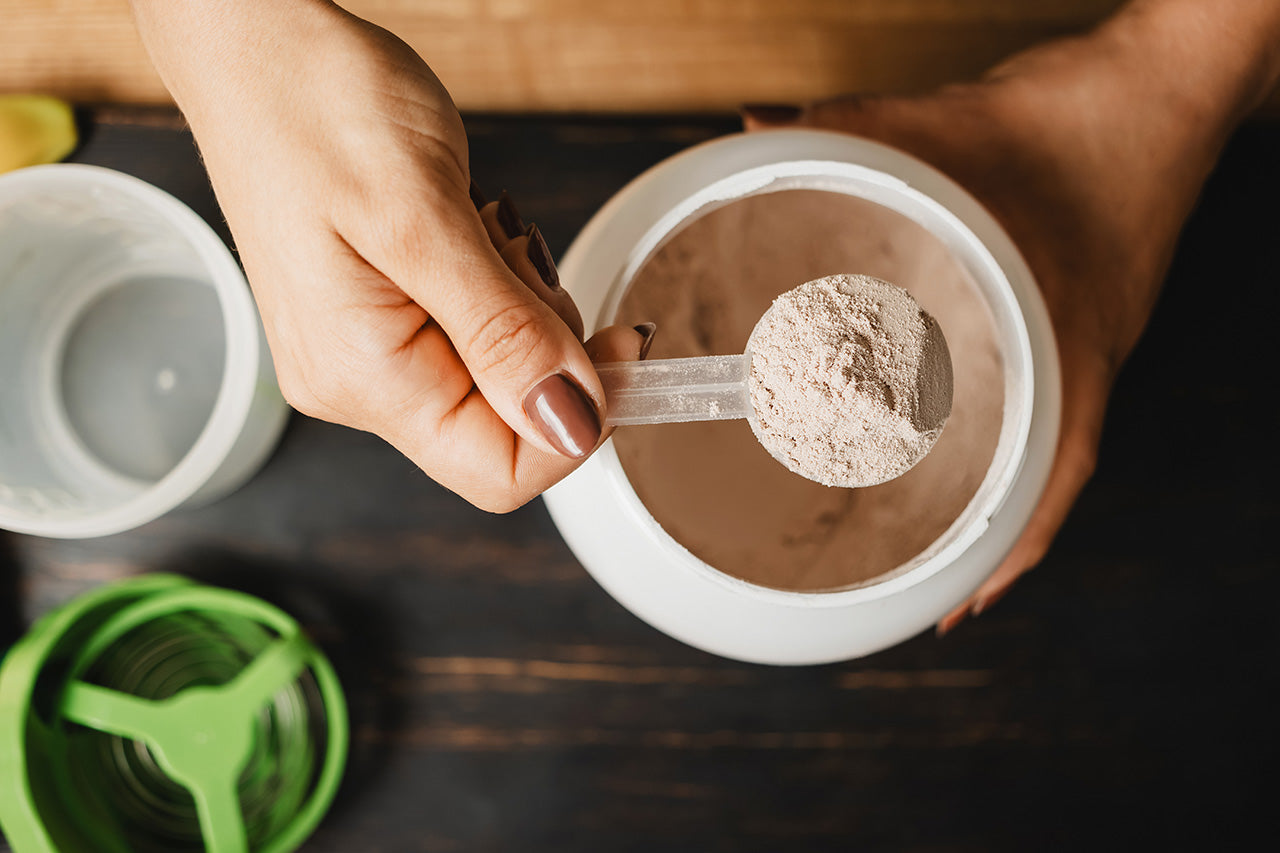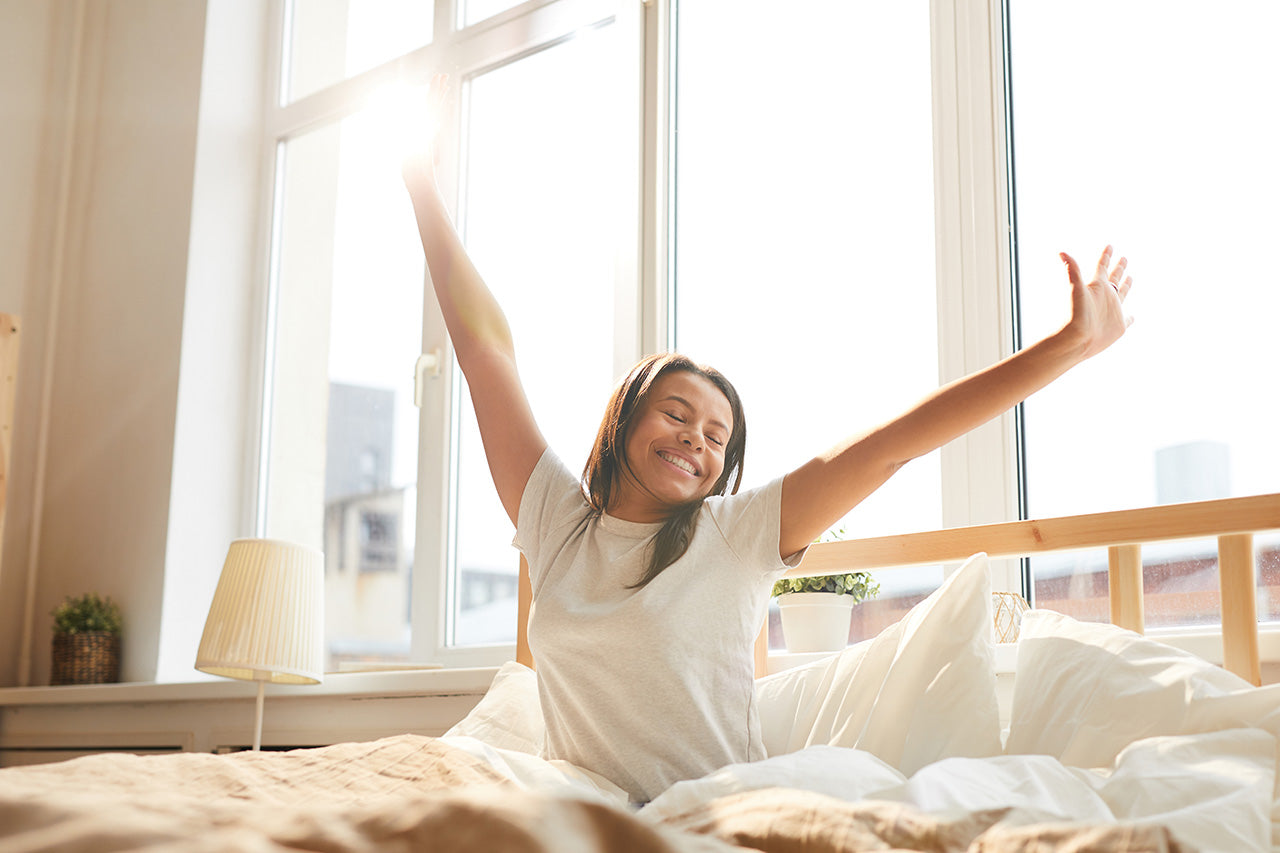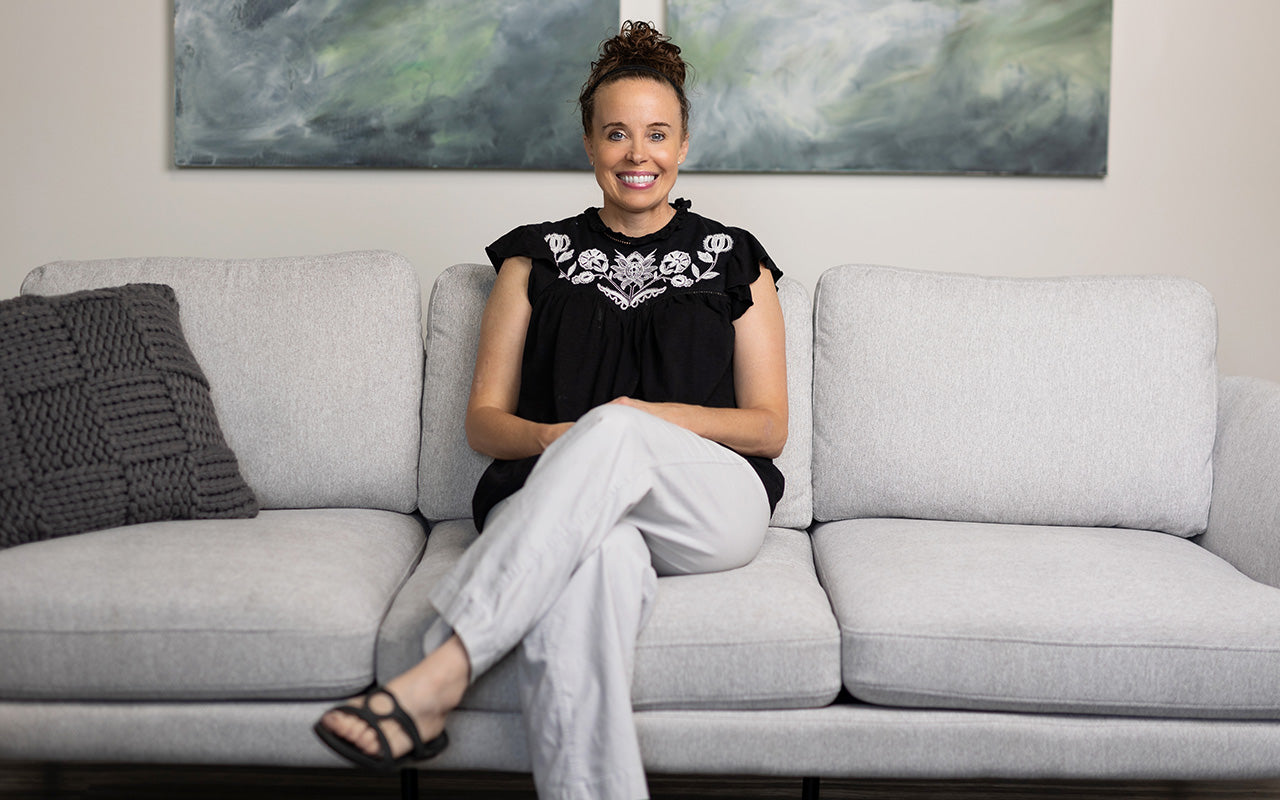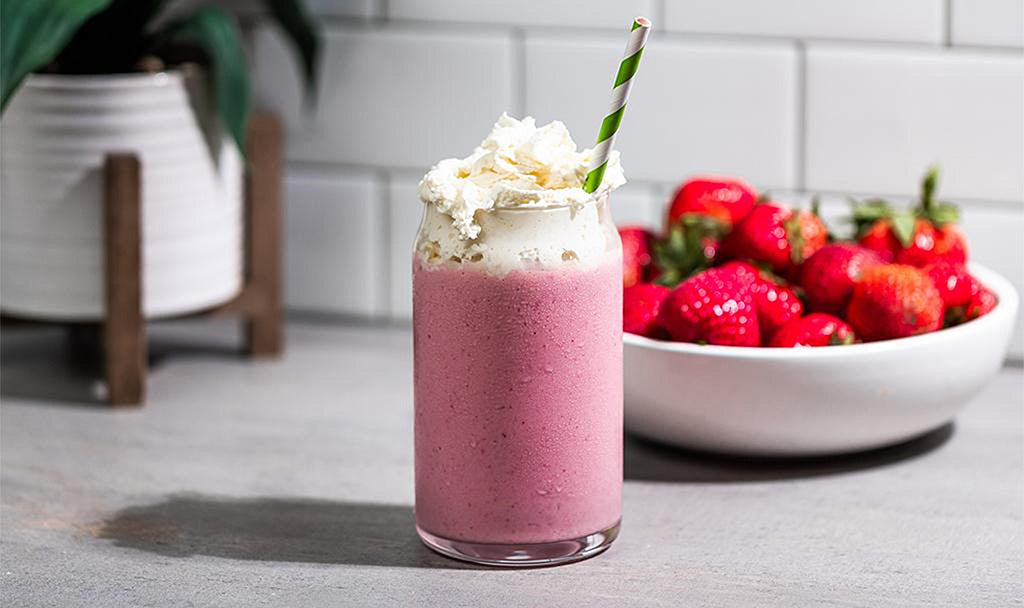
WELLNESS
The Science of Relaxation: Understanding the Benefits of Different Relaxation Techniques
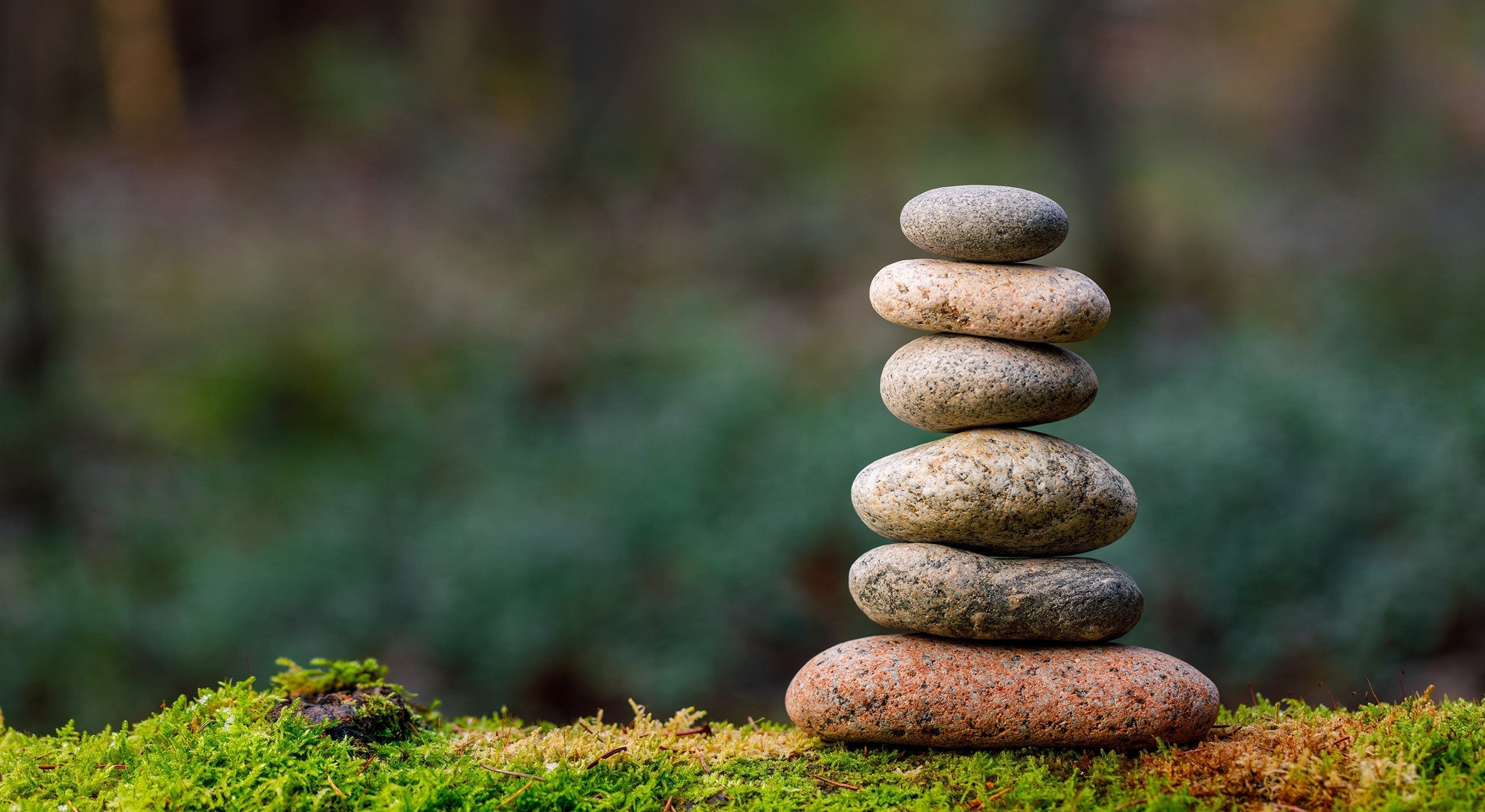
In today’s high-stress world, finding ways to relax is not just a luxury, it is essential for your health and well-being. From mindfulness meditation to physical activities like yoga, various techniques can help you achieve a calm and balanced state. Understanding the science behind relaxation can empower you to choose methods that work best for your lifestyle and needs.
Why Relaxation Matters
Relaxation isn’t merely about feeling good in the moment; it is about supporting your body’s ability to function optimally.
When you are stressed, your body activates its fight-or-flight response, releasing stress hormones like cortisol and adrenaline. While this response is beneficial in short bursts, chronic stress can lead to issues such as high blood pressure, anxiety, insomnia, and weakened immunity.
Relaxation techniques counteract these effects by activating the parasympathetic nervous system, your body’s “rest and digest” mode. This physiological shift slows your heart rate, lowers blood pressure, and promotes feelings of calm and well-being.
There are many ways to relax, each with unique benefits. Below are some popular techniques and the science behind their effectiveness:
Mindfulness Meditation
Mindfulness involves focusing on the present moment without judgment. Regular practice can help reduce stress. Studies using brain imaging have shown that mindfulness meditation increases activity in the prefrontal cortex, a region associated with emotional regulation and decision-making.
To practice mindfulness meditiation, first sit comfortably in a quiet space. Then, close your eyes and focus on your breath. As you meditate, you may find your attention wandering with your mind. No worries! Just gently guide your attention back to your breathing.
Deep Breathing Exercises
Deep breathing activates the parasympathetic nervous system, reducing stress and promoting relaxation. Techniques like diaphragmatic breathing lower cortisol levels and increase oxygen delivery to your brain, improving focus and mood.
This method is quite easy to try and can be done easily on-the-go. Try breathing through your nose for a count of four, holding the breath for a count of four, then exhaling slowly through your mouth for a count of six.
Yoga
Yoga combines physical movement, breath control, and meditation, making it a comprehensive relaxation practice.
If you’re interested in yoga, there are two popular styles for relaxation: Hatha yoga and restorative yoga. Hatha yoga focuses more on gentle movements and breathing while restorative yoga focuses on holding poses for longer periods with the support of props to promote deep relaxation.
Progressive Muscle Relaxation (PMR)
PMR involves tensing and then releasing different muscle groups to reduce physical tension. Studies have found PMR to be effective in managing stress and feelings of discomfort.
To practice PMR, start at your feet, tensing your muscles for five seconds. Then, release the tension and notice the feeling of relaxation through your body as it occurs. Move upward through your body, repeating the process.
Visualization
Also known as guided imagery, visualization involves imagining calming scenes, like a beach or forest. This practice engages the brain in a way that mimics actual experiences, helping to lower stress and promote a sense of peace.
Try it yourself! Find a quiet space and close your eyes. Imagine yourself in a serene location, using all your senses to make the scene vivid. Focus on the details, such as the sound of waves or the feel of a cool breeze.
Nature-Based Relaxation
Spending time in nature, or even just looking at natural scenery, has been shown to reduce stress, lower heart rate, and improve mood. Known as “forest bathing” in Japan, this practice can have profound effects on both mental and physical health.
Next time you’re free, take a walk through a park or forest. Sit quietly and skip the headphones. Instead, observe the sights, sounds, and smells around you.
Choosing the Right Relaxation Technique
Not all relaxation techniques work for everyone and that is okay. Factors like your personality, preferences, and lifestyle play a role in determining what works best. Here are some tips for finding your ideal method:
- Try different techniques to see which ones resonate with you.
- Start small. Begin with 5-10 minutes a day and gradually increase your practice.
- Be consistent. Regular practice yields the best results.
- You can mix techniques, such as starting with deep breathing and then transitioning into mindfulness meditation.
Incorporating Relaxation into Daily Life
Making relaxation a regular part of your routine does not have to be complicated.
Try taking short breathing breaks during work. In the morning or before bed, practice yoga or meditation. Spend time outdoors during lunch or on the weekends.
Relaxation is not just a break from the chaos of life but an essential practice for maintaining your mental, emotional, and physical health. By understanding the benefits of different relaxation techniques, you can find the ones that work best for you and create a sustainable self-care routine.
Whether you choose mindfulness, yoga, or a walk in nature, the key is to prioritize moments of calm in your daily life. Your mind and body will thank you for it.















